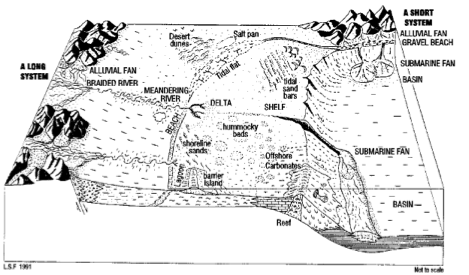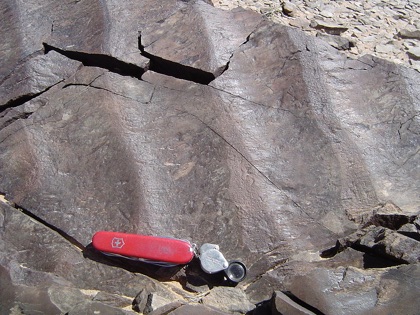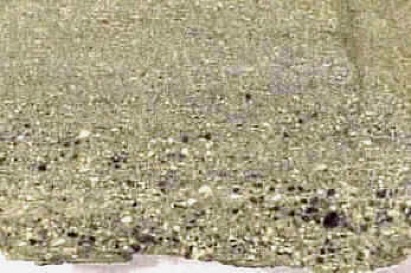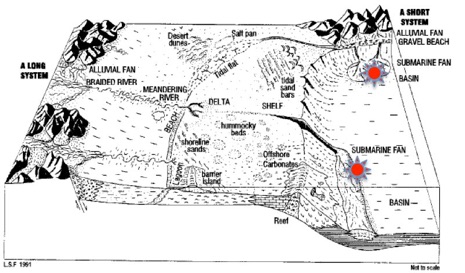1. Sedimentary Structures


1. Lecture Notes:
To print more than 1 slide per page please see your printer set up for details.
Slides with extended notes: HERE - all this material is examinable.
Slides only: HERE
Slides only LARGE file size: HERE
2. Required Reading:
Non for this topic.
NOTE: text book readings are tested online and not exams with the exception of topic 5.
3. Lecture Activity Solution: HERE
4. Lecture Goals
Note! Lecture goals are intended to help you understand the main themes in the lecture. They are NOT designed as a guide to the exact content that will appear in exams.
i. Classify sedimentary structures by sedimentological type
-
ii. Interpret sedimentary structures in terms of their environmental, biological or diagenetic environment
5. Sample Questions (answers given at the bottom of the page)
Note! These questions are drawn from individual lectures. Questions on the exams may draw their content from ACROSS lecture material and not focus on any one specific area as the questions do here.
1. What are Bouma sequences and where on this figure might you expect them to be developed?

http://csmres.jmu.edu/geollab/fichter/SedRx/depomodels.PDF
2. Identify and interpret this sedimentary structure

http://en.wikipedia.org/wiki/File:WaveRipple.JPG
3. Identify and interpret this sedimentary structure.

ANSWERS
1. A sequence of sedimentary beds deposited by a sediment-water turbidity current representing a waning current. Possible locations indicated on figure below.

2. Symmetrical ripples. Produced by oscillatory wave action as you may find in a shallow marine setting.
3. Graded bedding. Deposition of sediment in a waning current such as a turbidite.
